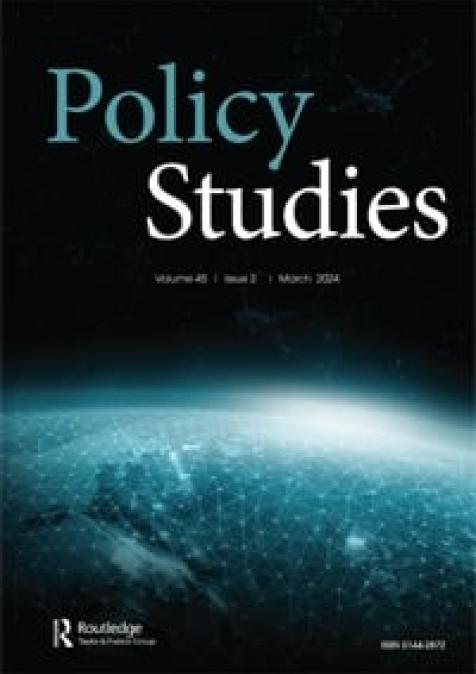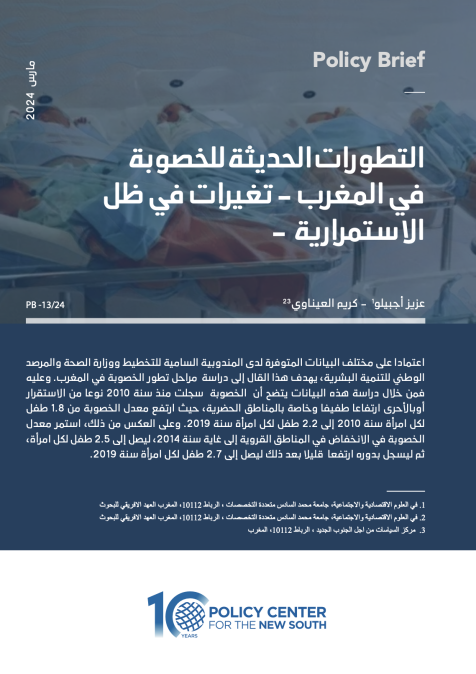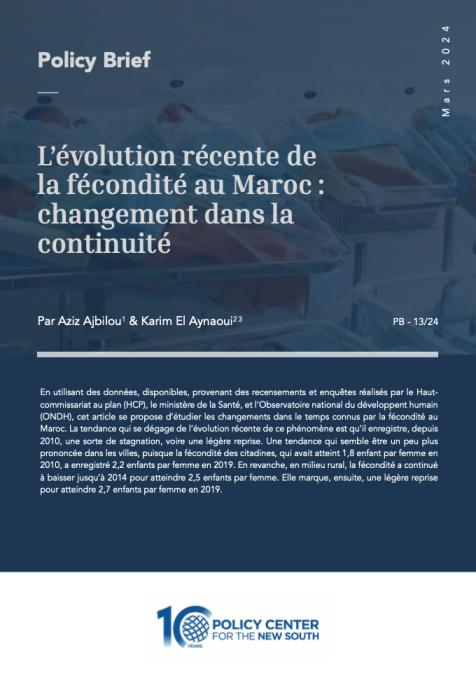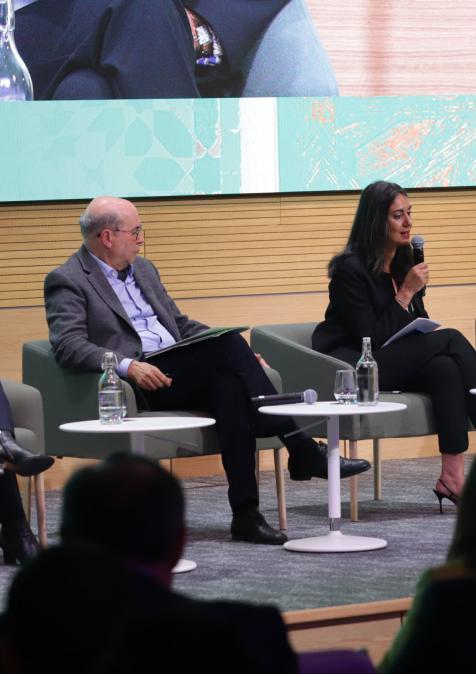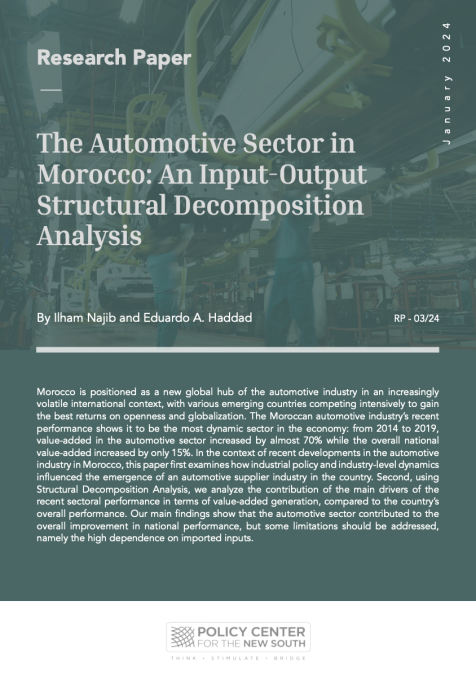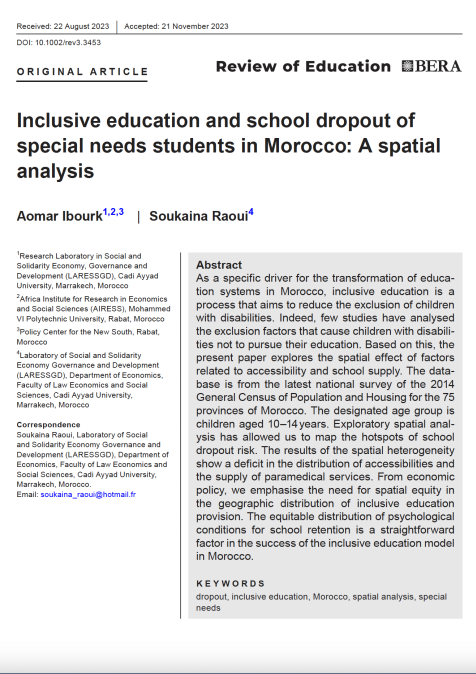Publications /
Research Paper
Dans ce rapport, nous proposons d’utiliser une nouvelle approche pour analyser les structures productives au Maroc. Nous appliquons les outils de la théorie des réseaux aux tableaux des échanges inter-industriels de l'économie marocaine. Nos résultats montrent que le réseau national de production présente des caractéristiques intuitives dans le sens qu’elles sont liées aux processus de production. La structure de ce réseau peut être représentée sous la forme d'un papillon, avec les branches en amont d'un côté et les branches en aval de l'autre, reliées par un nœud composé de branches très connectées qui offrent des produits de base. Au sein de cette structure, nous avons mis en lumière deux clusters qui se distinguent clairement : le premier concerne les produits agricoles et alimentaires, tandis que le second est associé à l'écosystème de la construction. En comparaison avec un échantillon étendu de pays, le réseau de production au Maroc se révèle peu dense et peu polarisé. Les branches d'activités y sont, en effet, moins asymétriques en termes de centralité, en particulier au cours de la période récente.


